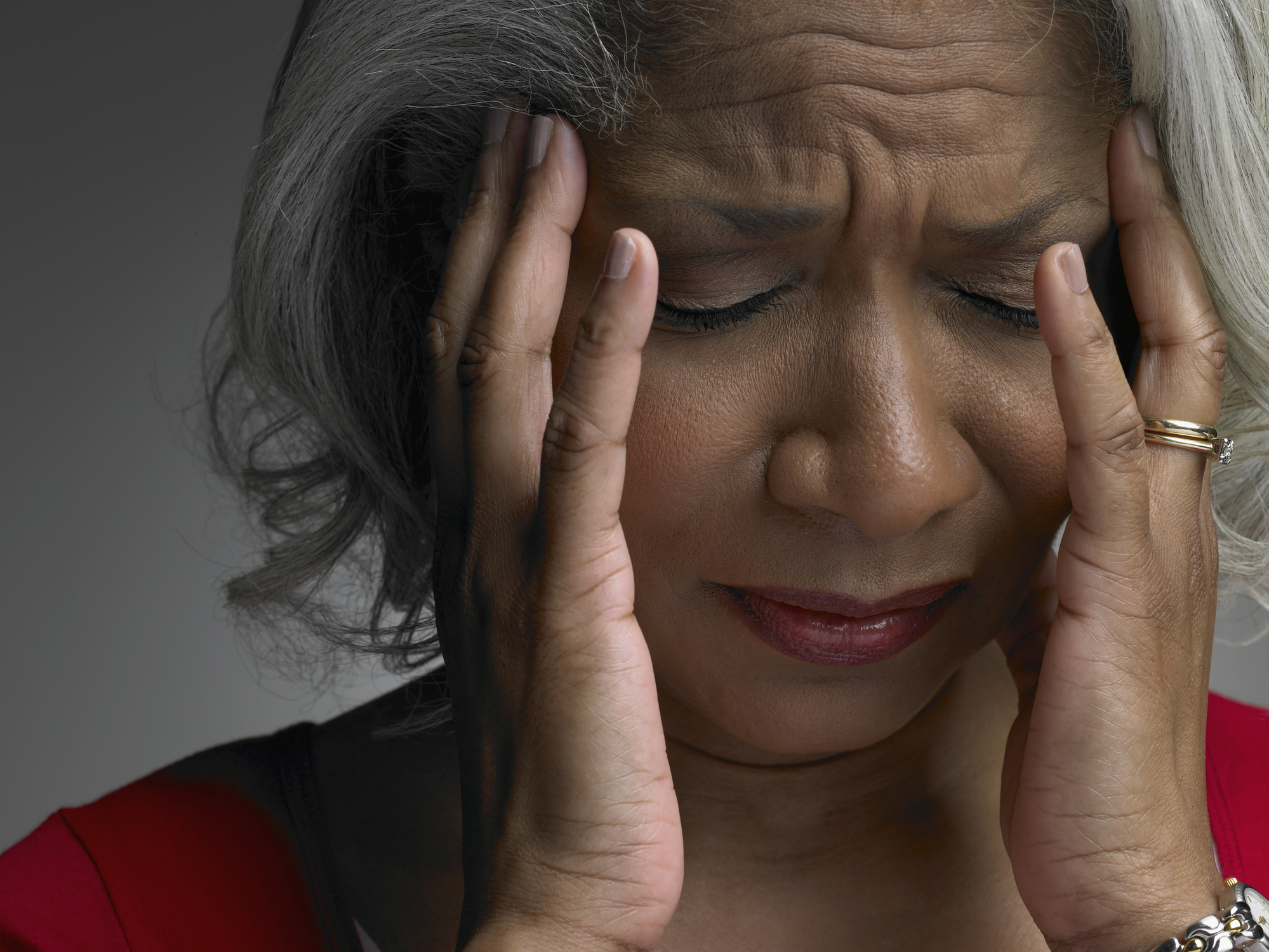
According to the American Academy of Pain Medicine, about 100 million people in the United States live with a form of chronic pain. Acute pain is what alerts a person to injury. Generally, it's related to a soft tissue injury, maybe a sprained ankle or twisted knee. Acute pain is sharp and severe, telling a person that their body is under attack. It lasts for a few days to a couple of months, depending on the injury and healing time. Chronic pain is different. It's persistent and can last for months, even years. The AAPM estimates that chronic pain costs about $560 billion annually in medical and economic costs due to lost days at work, productivity and doctor visits.
September is Pain Awareness Month. It was first remembered in 2001, and today, over 80 different organizations support the efforts. Healthcare providers and consumer groups want people to understand pain and help people find solutions. But even more than helping those in chronic pain, there is also an awareness of the community that needs to be addressed. The person sitting next to you in church or at work might be dealing with pain. This makes someone unable to fully participate in worship or to be productive at their job. Sometimes, there is a stigma about seeking treatment, especially under the new laws related to opioid prescriptions. During September, the hope is to raise awareness of the problem and to remove the shame in getting help.
Spirituality in Pain Management
Scientists have been studying pain since Aristotle and probably even before. In 4th century B.C., Aristotle considered pain an emotion, the opposite of pleasure, but we know much more today about the medical causes of pain. Unfortunately, in the Middle Ages, Christians saw pain as a punishment for sins. It was a "cross to bear." This definition of pain is not limited to Christian faiths, but in Islam, too, pain is thought to be punitive or Allah's will. Many Hindu believers view pain as a result of personal actions. Buddhists often see pain and suffering as the "cost of attachment."
Pain is a not just physical, as many non-physiologic factors can contribute to how a person experiences and responds to pain. There are many current studies that examine the role of depression and anxiety along with chronic pain. Other studies have looked at how a person's beliefs about pain reflect their ability to manage pain. Even the beliefs of caregivers or family members can affect a person's ability to deal with chronic pain.
Spirituality and religion are important to many people living with chronic pain. It's important for doctors and healthcare providers to understand the spiritual beliefs of a person that is being treated, especially for something that permeates every aspect of a person's day. Spiritual tools often have a huge impact on pain intensity, and there are quite a few studies that support the idea that clinicians need to take one's spirituality into account in their treatment plan.
Be Aware of People Living With Chronic Pain
Take time this September to gain empathy for those living with chronic pain. You may not be able to be involved in the medical care of a person suffering with daily pain, but you can help in other ways. If you have employees who have chronic pain, ask about accommodations that would help them be more productive, such as comfortable chairs or desks, for example. Adult children can help their parents find help for activities of daily living or making the home easier to manage to reduce pain flare-ups. Churches may want to provide small cushions to help worshipers be more comfortable. Let's talk about pain and find solutions that work instead of seeing it as something that is just a "cross to bear."



